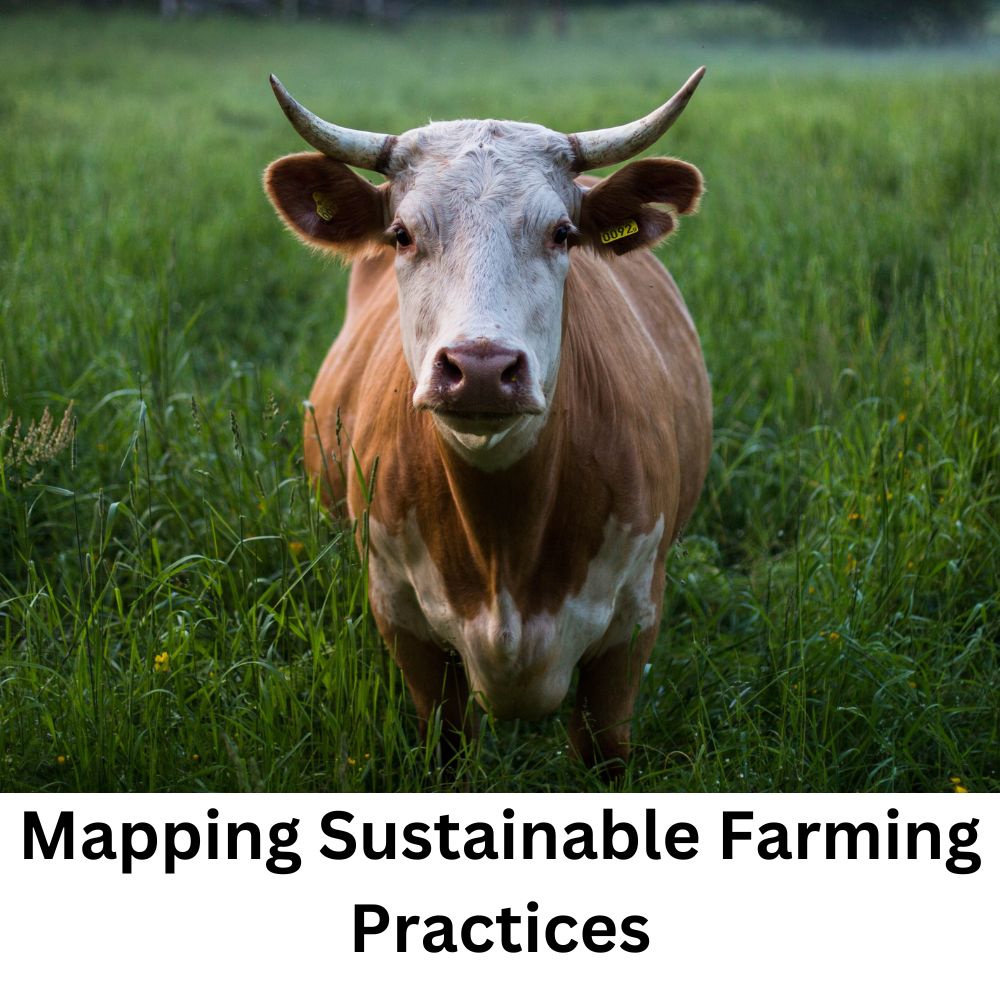Introduction
Agroforestry, the ancient practice of integrating trees and shrubs into agricultural landscapes, is gaining renewed attention as a sustainable and productive farming method in the modern era. The creation of an Agroforestry Atlas, a comprehensive mapping of agroforestry practices worldwide, serves as a testament to this approach’s versatility and global significance. This 1500-word article delves into the concept of the Agroforestry Atlas, exploring its purpose, methodology, and potential impacts on sustainable farming and environmental conservation.
Understanding the Agroforestry Atlas
The Agroforestry Atlas is an ambitious project aimed at global cataloging and mapping agroforestry systems. It utilizes a combination of satellite imagery, ground data, and contributions from a network of farmers, scientists, and environmentalists. The goal is to provide a detailed and dynamic overview of where and how agroforestry practices are implemented, highlighting their diversity and adaptability to different ecological and cultural contexts.
The Significance of Agroforestry
Agroforestry stands at the intersection of agriculture, forestry, and environmental stewardship. It offers many benefits, including soil enrichment, biodiversity conservation, carbon sequestration, and improved water cycles. By integrating trees into farming systems, agroforestry practices provide food, fuel, and fiber while enhancing the land’s resilience against the impacts of climate change.
Data Gathering and Methodology
Creating the Agroforestry Atlas involves extensive data collection and analysis. Satellite imagery provides a macro perspective, identifying tree cover within agricultural regions. Ground data collected by researchers and local communities offer insights into the specific types of agroforestry practices and their socio-economic impacts. Community engagement is critical, as firsthand knowledge from local farmers provides invaluable information about traditional and innovative agroforestry methods.
Case Studies and Global Examples
The Atlas includes a variety of case studies illustrating the range of agroforestry systems. For instance, the integration of fruit trees and crops in Southeast Asia, the use of shade trees in coffee plantations in South America, and the incorporation of nitrogen-fixing trees in African grain fields are all documented. These examples showcase the adaptability of agroforestry to different climates, soils, and cultural practices.
Biodiversity and Ecosystem Services
Agroforestry plays a critical role in maintaining biodiversity and providing ecosystem services. The Atlas highlights areas where agroforestry contributes to habitat connectivity for wildlife support pollinators and preserves indigenous plant and animal species. This information is vital for conservation efforts, as it identifies critical regions where agroforestry practices can be enhanced to support ecological networks.
Climate Change Mitigation and Adaptation
One of the most critical aspects of the Agroforestry Atlas is its focus on climate change. The Atlas provides valuable data for climate change mitigation strategies by mapping the carbon sequestration potentials of different agroforestry systems. It also identifies regions where agroforestry practices have enhanced resilience to climate extremes, such as droughts and floods, serving as models for adaptation.
Socio-economic Dimensions
Agroforestry is not just an environmental strategy; it has significant socio-economic implications. The Atlas documents how different agroforestry practices impact rural livelihoods, food security, and economic development. It showcases success stories where communities have thrived by adopting agroforestry, providing a blueprint for sustainable rural development.
Challenges and Limitations
While the Agroforestry Atlas is a powerful tool, it faces challenges. Accurate mapping in remote areas with limited data access remains a hurdle. The challenge is also to continuously update the Atlas to reflect changes in land use and agroforestry practices. Addressing these challenges requires ongoing collaboration between technologists, scientists, and local communities.
Educational and Policy Implications
The Atlas serves as an educational resource, raising awareness about the benefits of agroforestry and inspiring farmers, policymakers, and students. For policymakers, it offers a scientific basis for promoting and investing in agroforestry as part of sustainable land-use planning and environmental conservation policies.
Technological Innovations
Technological innovations propel the development of the Agroforestry Atlas. Advanced GIS (Geographic Information System) tools, remote sensing technology, and data analytics play crucial roles in mapping and interpreting data. The integration of these technologies makes the Atlas a cutting-edge resource in sustainable agriculture.
Community Involvement and Capacity Building
Community involvement is at the heart of the Atlas project. By engaging local farmers and indigenous communities in data collection and sharing, the Atlas gathers accurate information and empowers communities. Through training and workshops, capacity building ensures that local stakeholders can effectively contribute to and benefit from the Atlas.
The Future of the Agroforestry Atlas
Looking forward, the Agroforestry Atlas has the potential to become a cornerstone in global environmental management and agricultural planning. Its ongoing development will require collaboration across various sectors, continuous technological innovation, and a commitment to incorporating community insights and needs.
Conclusion
The Agroforestry Atlas represents a significant step in understanding and promoting sustainable farming practices worldwide. By providing a comprehensive and accessible overview of global agroforestry systems, the Atlas not only aids in conservation and climate mitigation efforts but also supports communities’ economic and social well-being. As a living document, it reflects the dynamic nature of agroforestry and its pivotal role in shaping a sustainable future for agriculture and the environment.
This article provides an in-depth look at the Agroforestry Atlas, exploring its development, significance, and impact on sustainable farming practices and environmental conservation. Highlighting the integration of technology, community involvement, and global case studies, the article positions the Atlas as a vital tool in advancing agroforestry and sustainable land management practices.
